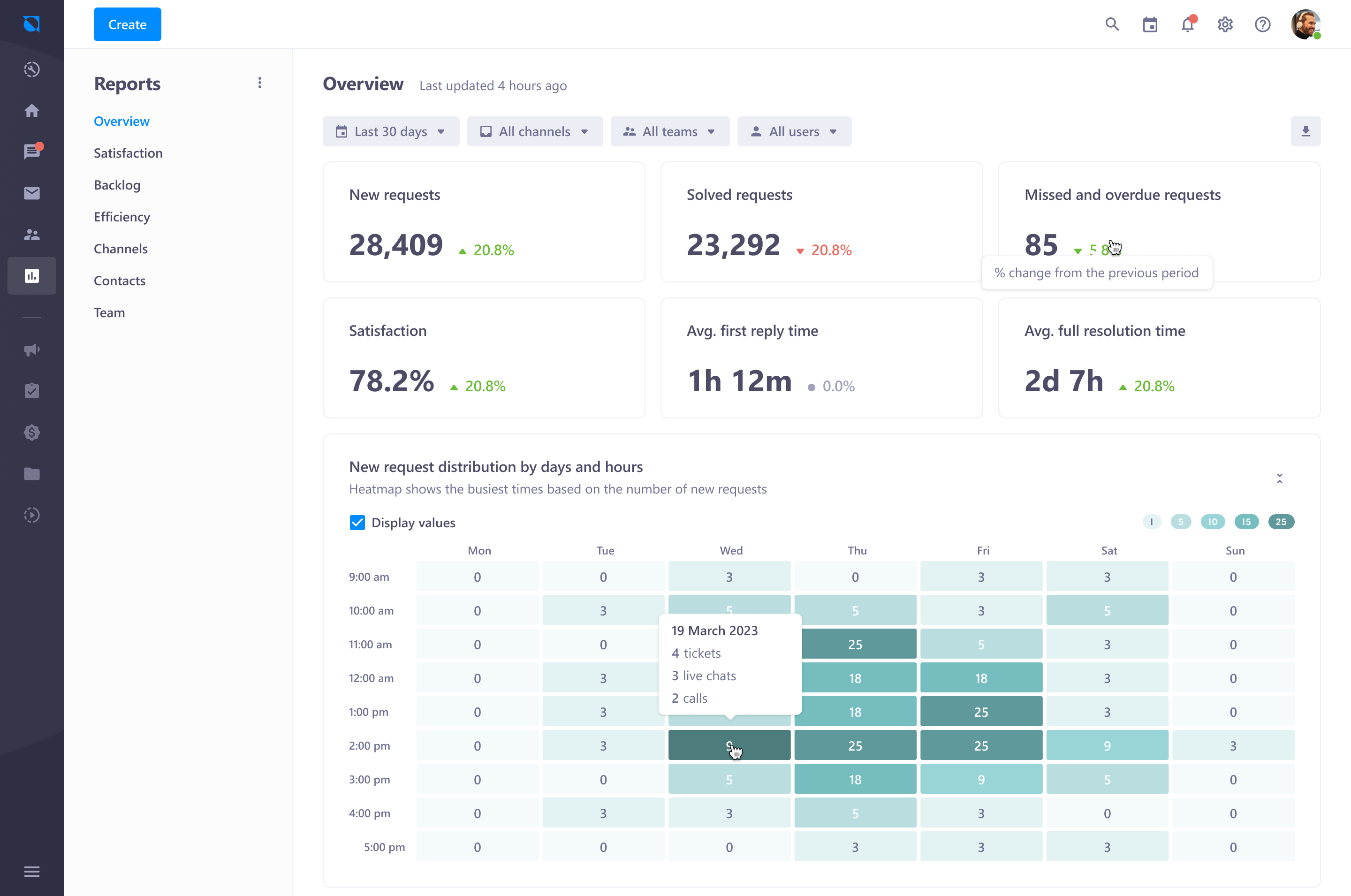Reducing SLA Response Time: Tips for Exceptional Customer Service
Reducing SLA Response Time: Tips for Exceptional Customer Service
Blog Article
In today's competitive organization landscape, customer care quality is non-negotiable. One of the key factors that impact customer care is your Support Stage Contract (SLA) response time. SLAs outline the expected time frames within which your team should respond to customer inquiries or issues. Failing to meet these expectations may result in irritated customers and broken reputations. Therefore, ensuring your SLA response time meets or exceeds client expectations is critical for long-term success.

1. Set Realistic and Clear SLA Standards
Establishing an SLA reaction time that aligns with equally customer expectations and your team's functions is the first step. It's vital to establish apparent, measurable benchmarks that are sensible yet challenging. Realize your customers' wants, the difficulty of your company, and the methods open to your help team before setting these expectations. Aligning your SLA with business criteria while contemplating your distinctive business context may help ensure you never overpromise and underdeliver.
2. Influence Automation for Faster Answer Instances
Automation may considerably improve answer time and efficiency. Utilizing ticketing systems, automated email reactions, and chatbots can quickly admit client inquiries, allowing your support staff to concentrate on resolving problems more quickly. Automated workflows may label and prioritize seats, ensuring that high-priority problems are resolved first, further reducing answer times.
3. Check and Enhance Workflow Efficiency
Monitoring your team's efficiency against SLA benchmarks is essential for sustaining large degrees of client satisfaction. Typical monitoring of key metrics like average answer time and decision time may disclose inefficiencies in your workflow. Use these ideas to improve techniques, improve resource allocation, and provide extra training to aid staff. Ensuring your team has the tools and knowledge to take care of dilemmas swiftly is essential for keeping within your SLA response time.
4. Apply Tiered Help for Different Complexity Degrees
Not all customer issues are made equal. By employing a tiered support structure, you are able to spend assets more successfully, ensuring that more technical problems get the interest they might need without impacting reaction occasions for easier inquiries. This process helps keep a balance between fast responses and thorough situation resolution.
5. Collection Customer Objectives with Positive Interaction
Transparent conversation is critical to managing client expectations. If an issue will require longer to solve due to its difficulty, alert the customer promptly. By providing standard upgrades, you show that you're positively working on their issue, which could maintain confidence even when result instances are slightly delayed. Placing reasonable expectations upfront helps build self-confidence and decreases frustration.

Realization
Conference your SLA response time is crucial for client satisfaction and retention. By placing practical benchmarks, leveraging automation, optimizing workflows, implementing tiered support, and maintaining positive interaction, corporations may ensure they constantly match or surpass customer expectations. The result is stronger client relationships, increased company distribution, and a competitive edge in the market. Report this page